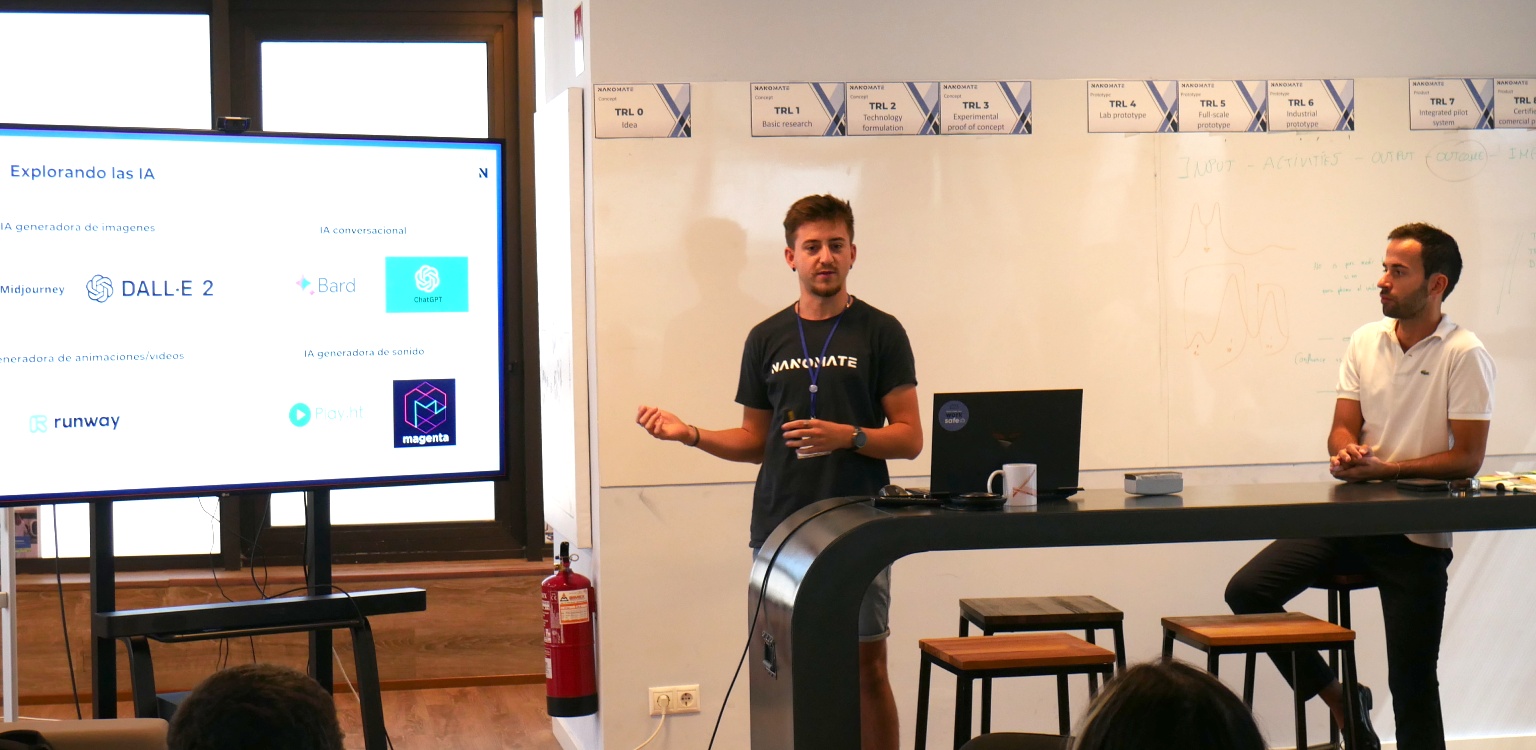
Data Evolution: Exploring AIs
06.09.2023
Sergio Herce Huete
Researcher
At Nanomate we remain at the forefront of innovation and up to date with the latest technologies, integrating the use of AIs such as ChatGPT into our work processes. The use of these artificial intelligences is proving to be a particularly interesting driver in areas such as data analysis and scientific research.
In line with our culture of continuous training, a few days ago we enjoyed a talk on Artificial Intelligence in which we were able to learn what this technology can bring us, how to work with it and how to make the most of it in each department that makes up Nanomate.
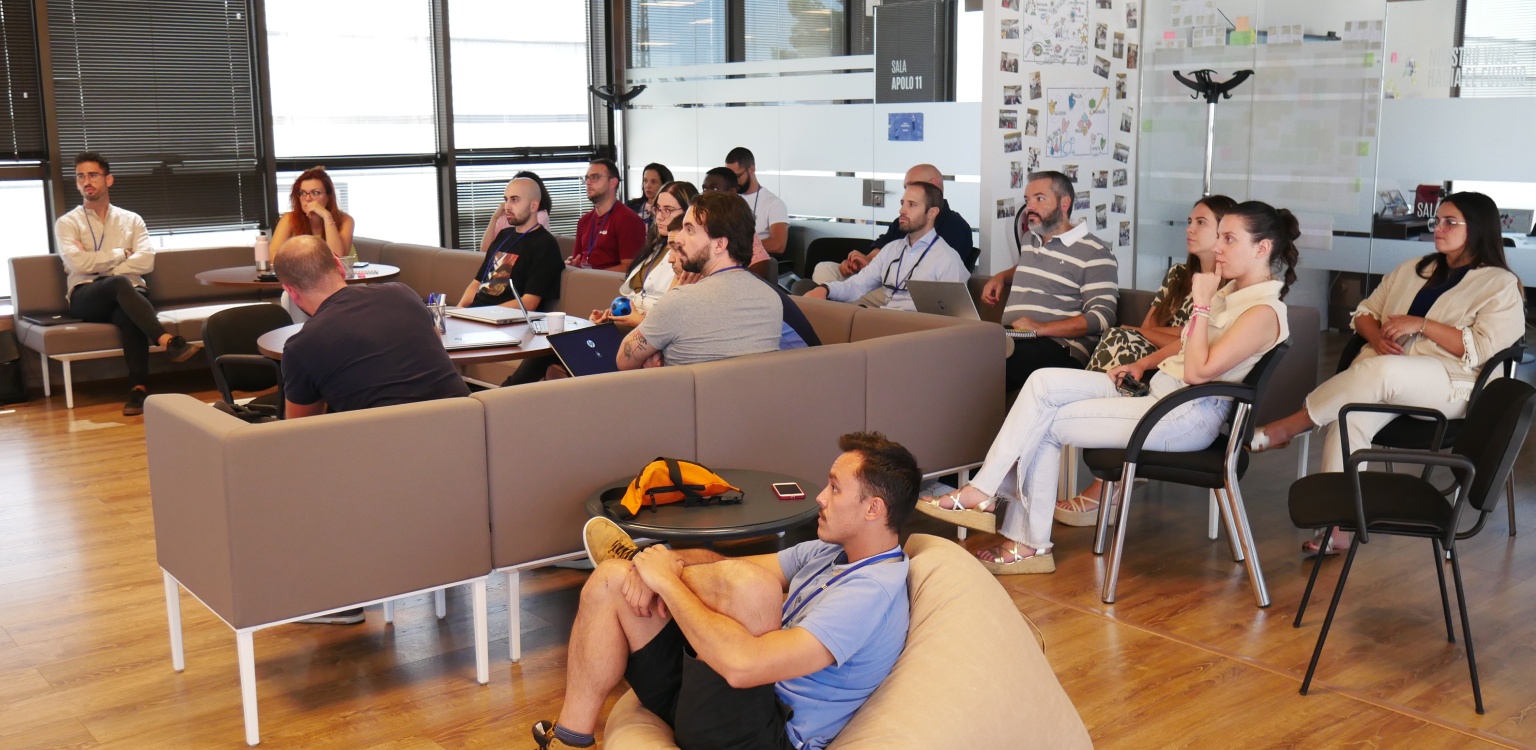 During the training, we were able to get to know many of the most commonly used AIs today and understand their purposes. For example, using Midjourney or Dall-E, we can generate various types of images; with Runway, we create animations and videos; some lesser-known ones like Play.ht and Magenta allow us to generate sounds, and finally, Bard and ChatGPT are known as conversational AIs.
During the training, we were able to get to know many of the most commonly used AIs today and understand their purposes. For example, using Midjourney or Dall-E, we can generate various types of images; with Runway, we create animations and videos; some lesser-known ones like Play.ht and Magenta allow us to generate sounds, and finally, Bard and ChatGPT are known as conversational AIs.
This is the first session of many that we will dedicate to Artificial Intelligence, and that's why we wanted to focus on the one we use the most: ChatGPT. In the upcoming months, we will continue with more advanced trainings as we make more use of this tool.
How does ChatGPT work?
To properly define how an AI like ChatGPT works, what better than to ask the tool itself.
GPT (Generative Pre-trained Transformer) is an artificial intelligence language model developed by OpenAI. It works by machine learning from a large amount of text available on the Internet. In its training, GPT analyses sequences of words and predicts what the next word is in a given text, allowing it to understand and generate coherent text. As it processes more text, the model improves its understanding and ability to generate contextual responses.
When you interact with a GPT-based chatbot, you can type questions or request information. The model uses its understanding of natural language to analyse your input and generate responses based on its training. This makes it useful in a variety of applications, such as answering questions, generating text, translating languages and much more. However, it is important to remember that GPT has no real understanding, but relies on statistical language patterns, so responses may not always be accurate or contextual.
The two paragraphs above were generated by ChatGPT when we asked it to briefly explain how it works.
In simpler terms, with ChatGPT, we can generate any type of text or information we request, taking into account the topic, length, and style. For example: "Write the story of Don Quixote in 500 words."
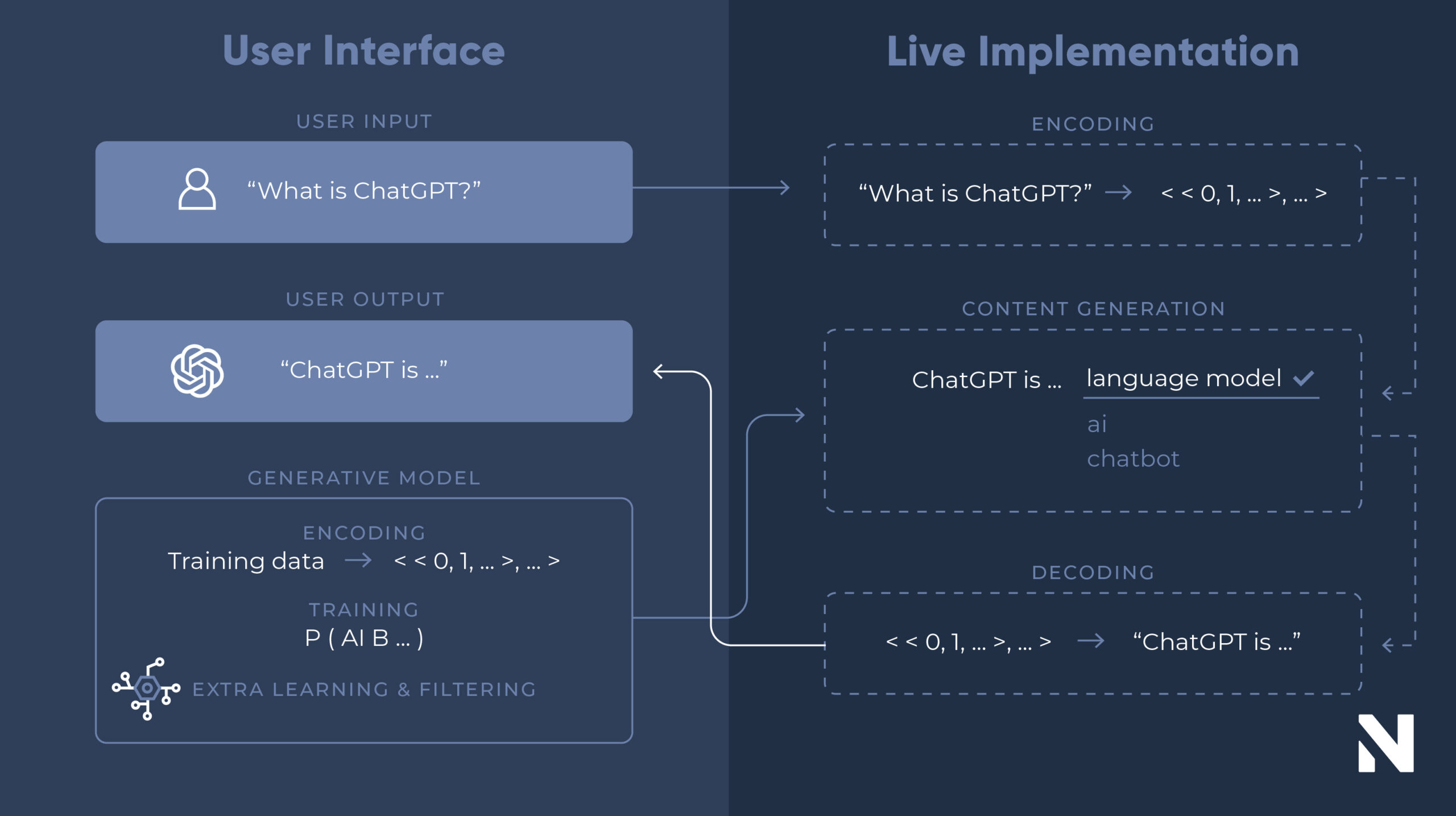
What can we use ChatGPT for?
Currently, ChatGPT has more than 100 million active users, and the number continues to grow. We haven't been left behind and have been using it as a tool for several months for various purposes, although in general, we can differentiate the following applications:
- For digital businesses, such as data analysis, document organization, marketing and sales, translation, and programming.
- To summarize texts like bibliographic papers, manuals, or legislative texts.
- To write company presentations, general announcements, opinion articles, and social media content.
- For day-to-day inquiries, trip planning, diet preparation, and workout routines.
In addition to its multiple applications, some of the advantages and benefits that AI can offer us include:
- Efficient research: AI enables us to process and analyze large volumes of scientific data in record time. This accelerates our research and allows us to discover new properties and applications for nanomaterials.
- Process optimization: Automation through AI can improve efficiency in our production. By monitoring and adjusting processes in real-time, we ensure the consistency and quality of nanomaterials.
- Personalized attention: Integrating ChatGPT with other applications can be used to interact with customers and colleagues, providing quick and accurate responses semi-automatically.
- Continuous innovation: AI fosters a creative environment and helps us combat the blank-page syndrome. By freeing up time and resources from repetitive tasks, we can focus on innovation and exploring new frontiers.
Ethics and limitations
Since the rise of AIs in the last two years, numerous experts in the field, many of them directly involved in the development of these applications, have raised concerns about their use for malicious purposes. Although this remains to be seen, there are still some limitations or important points to bear in mind in order to use them correctly.
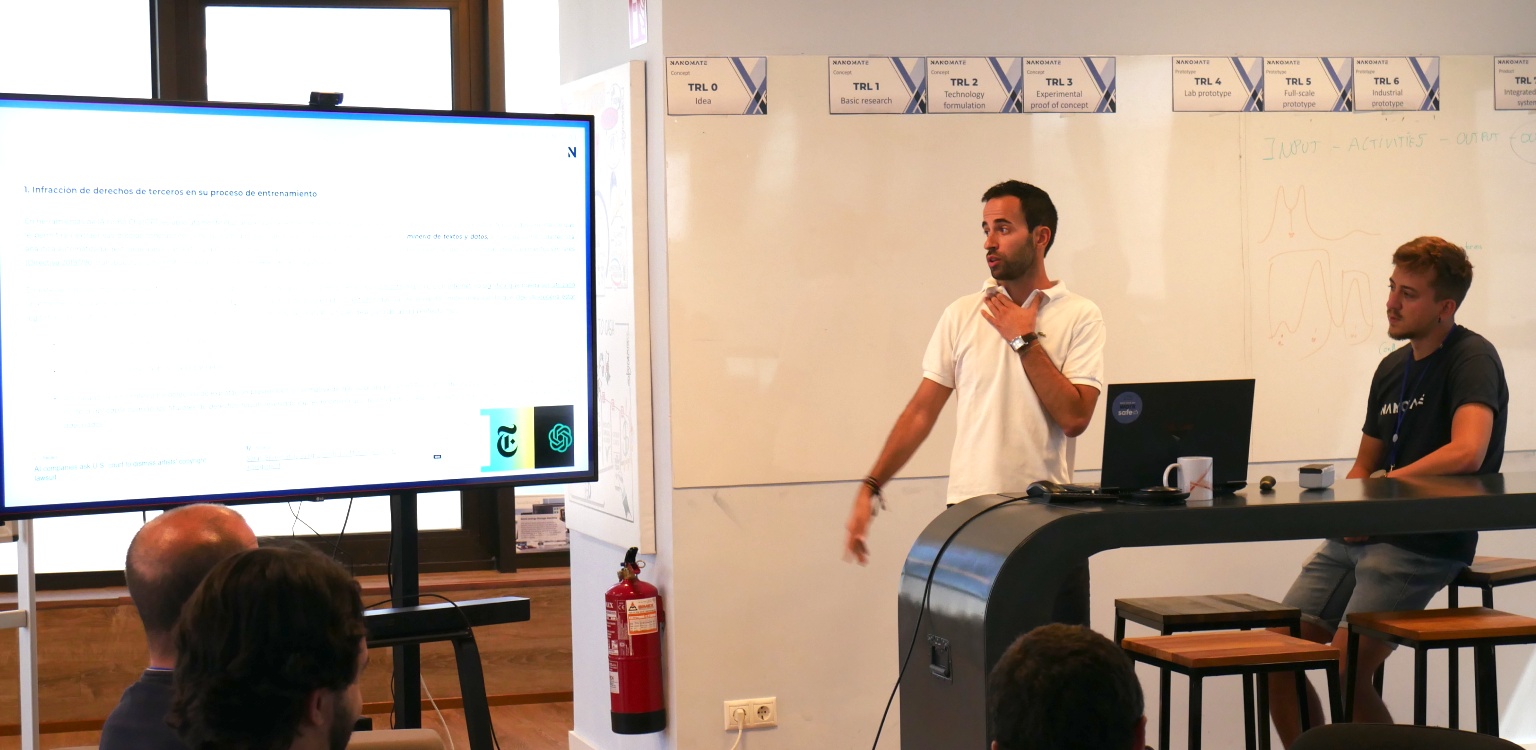 Despite its vast potential, ChatGPT makes some errors, and as a result, it may generate biased or inaccurate responses. An example of this is the well-known case of Amazon's sexist AI tool or the news of how some users "exploit" the tool to bias it in favor of their interests.
Despite its vast potential, ChatGPT makes some errors, and as a result, it may generate biased or inaccurate responses. An example of this is the well-known case of Amazon's sexist AI tool or the news of how some users "exploit" the tool to bias it in favor of their interests.
Another drawback of ChatGPT is that it currently cannot access the internet or external links, so its knowledge is limited to the training data provided to it until 2021.
Additionally, there are a series of legal considerations to take into account:
1. Infringement of third-party rights in its training process
In the training process of AI tools like ChatGPT, text and data mining is conducted, which analyzes publicly available texts on the internet. However, access to and use of this content may be subject to intellectual property rights or limitations. To use these contents in ChatGPT's training, OpenAI must ensure they are in the public domain, have contractual authorization, or rely on limitations to exploitation rights established by applicable regulations.
2. Intellectual property rights on ChatGPT's output
In Spain and the European Union, intellectual property rights for a work are generally attributed to the human author, excluding works created autonomously by artificial agents. Legally, in the United States, no copyright is recognized for artificial intelligence either. Although regulation in this field is evolving, currently, the terms and conditions of ChatGPT state that the user retains full ownership of the input and all rights to the output of AI tools, even for commercial purposes, provided that they assume responsibility for its use and commercialization, considering that the results may not be unique or exclusive.
3. Confidentiality of information used as input
ChatGPT utilizes all information shared by users to generate responses and enhance its knowledge. This implies that any shared information could be used in future responses. Although ChatGPT cannot be considered the author of the responses, it can make confidential information shared by users public, leading companies to restrict its use in workplace environments to protect their private information. It is essential to be cautious with shared information and avoid using content not categorized as public in the tool.
Tips for a safer use
Taking into account all of the above, here are some basic tips for using AIs like ChatGPT more safely:
- When querying specific materials you are researching, avoid mentioning the details of their synthesis or catalysts in the same conversation thread. This helps protect confidential information since the tool does not correlate content across different conversations.
- Never mention the name of your company and always use a fictitious name instead. This way, you prevent the tool from linking the information derived from your queries to your brand, which could be valuable information for your competitors.
- Avoid sharing conclusions you have obtained after weeks or months of human research. This type of information should always be treated with the utmost privacy.
- ChatGPT does not cite its sources, so it's crucial to always verify the information it provides by actively searching online to cross-check the data.
The future is already here
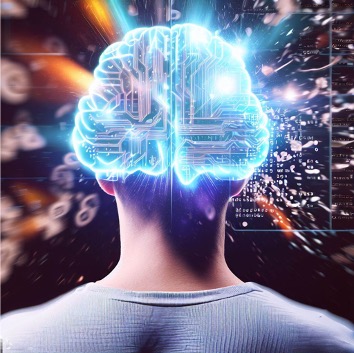
Image generated with Dall-E2
Due to the increasing use of ChatGPT in recent months by large multinational companies, the responsible company, OpenAI, recently announced the launch of a version of its application aimed at enterprises.
The high demand for use by businesses has led this new Enterprise version to include more features and provide greater security and privacy for companies, thus addressing the needs of frequent users. Some of these features include higher processing speed, advanced data analysis capabilities, longer context windows, certain customization options, and the ability to integrate with other applications.
One of the most significant points addressed with this enterprise version of the tool is data privacy. By using this version instead of the open-license versions, we ensure that we are the sole owner of the information, and the application does not store data or conversations related to our business. Additionally, conversations are encrypted, and domain verification can be performed, adding an extra layer of security for companies that desire it.
The synergy between AI and nanomaterial research is a promising alliance that we want to continue exploring. That's why at Nanomate, we have already initiated discussions with ChatGPT to acquire its recently announced enterprise version and take advantage of the benefits it offers over the standard version. We are excited to see how the use of this technology can help us continue to transform our industry and contribute to a more tech-savvy future, all while never forgetting the human touch.
Related articles
- 23.05.2023 Agile: The Formula for Successful Project Management By combining Agile, tools and technology, we have been able to improve our efficiency, productivity, and ability to adapt to change, thus gaining a competitive advantage in the market.
- 13.02.2023 What are nanomaterials? Nanomaterials are all those materials with a particle size of less than 100 nm in at least one of its dimensions.
- 17.04.2023 Understanding the importance of building a Data Driven culture At Nanomate we are committed to a Data Driven culture as a mechanism to ensure the success of the business.
- 07.09.2023 Transforming the plastics industry with nanomaterials Our nanomaterials are transforming the plastics sector thanks to their ESG properties and versatility in different industrial applications.